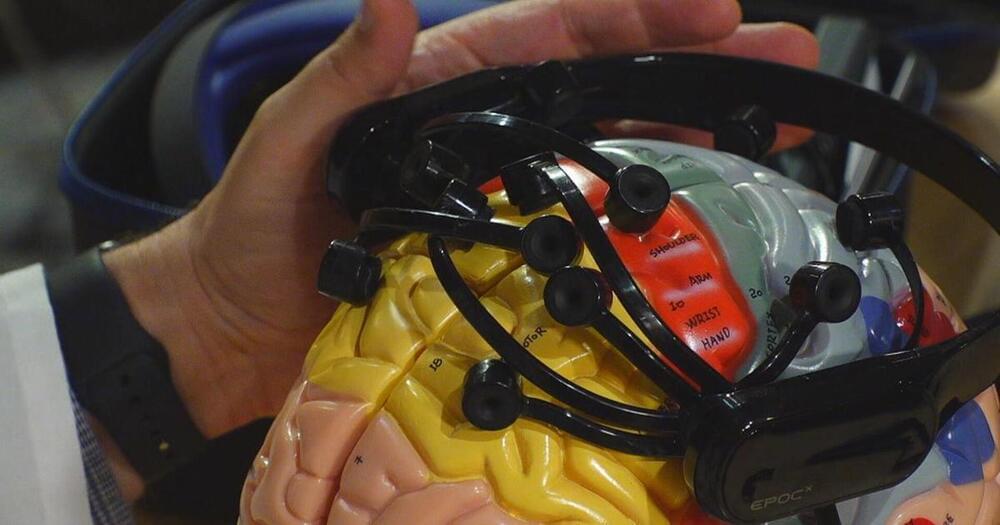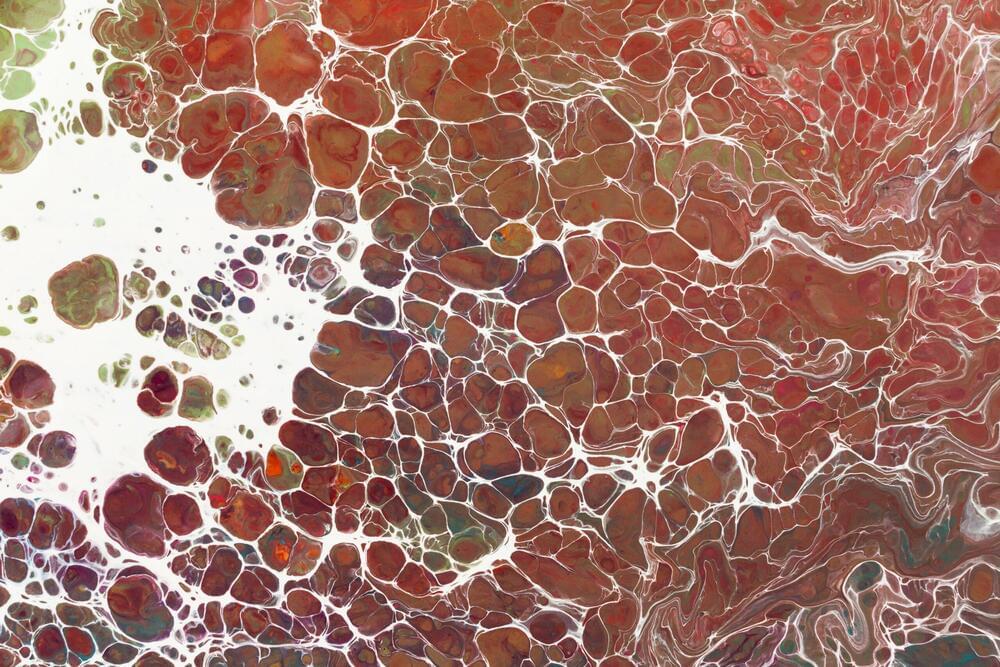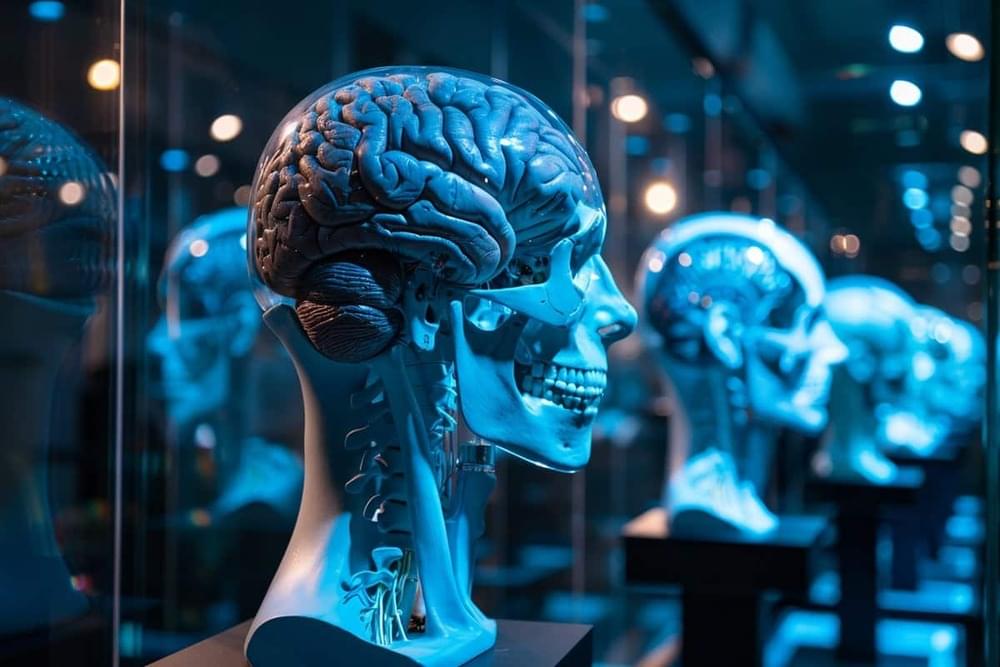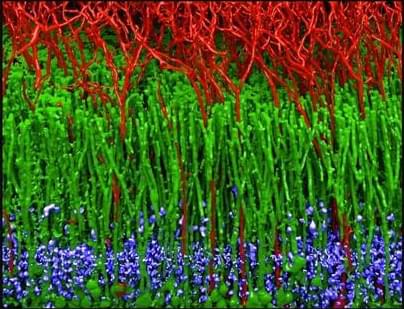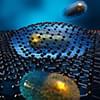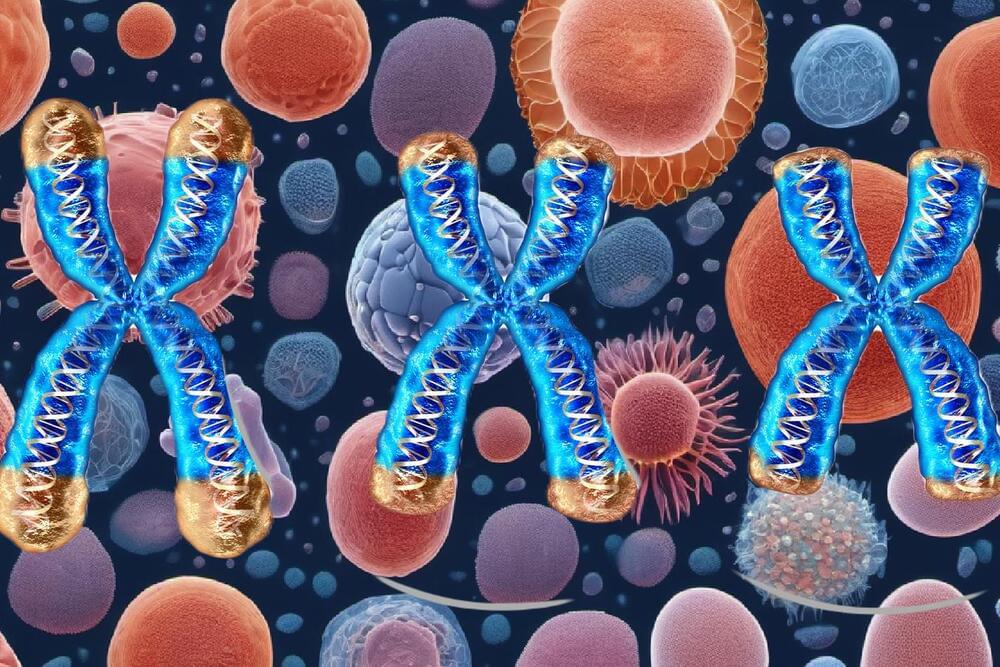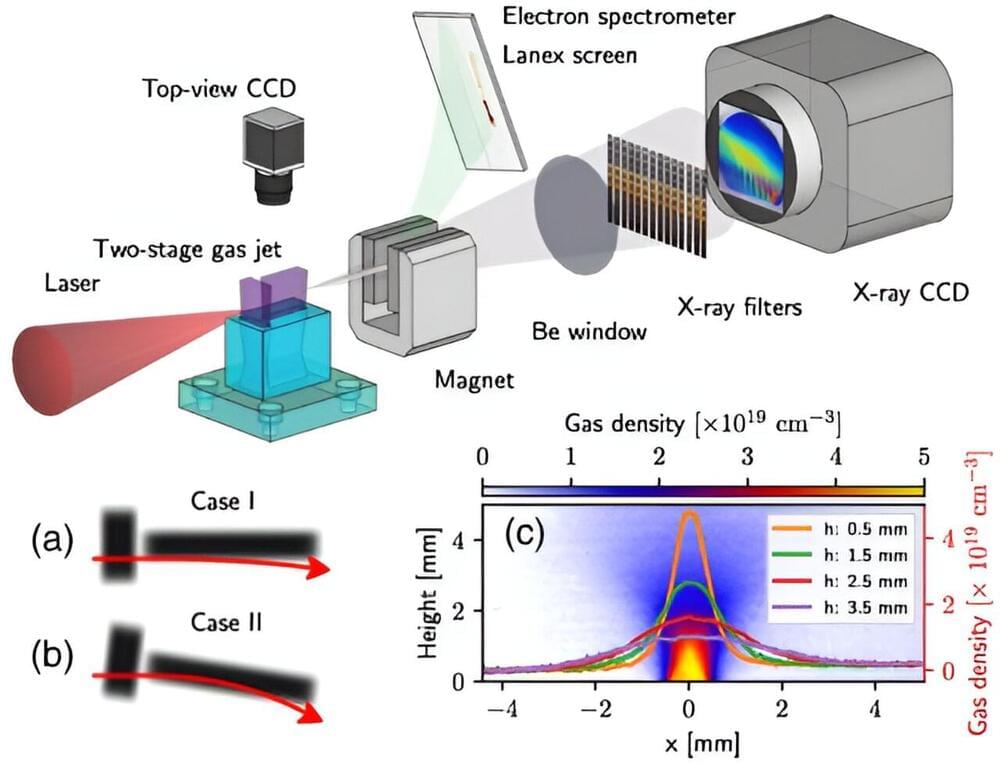But while medical research facilities are subject to privacy laws, private companies — that are amassing large caches of brain data — are not. Based on a study by The Neurorights Foundation, two-thirds of them are already sharing or selling the data with third parties. The vast majority of them also don’t disclose where the data is stored, how long they keep it, who has access to it, and what happens if there’s a security breach…
This is why Pauzauskie, Medical Director of The Neurorights Foundation, led the passage of a first-in-the-nation law in Colorado. It includes biological or brain data in the State Privacy Act, similar to fingerprints if the data is being used to identify people.
“This is a first step, but we still have a long way to go,” he says.
